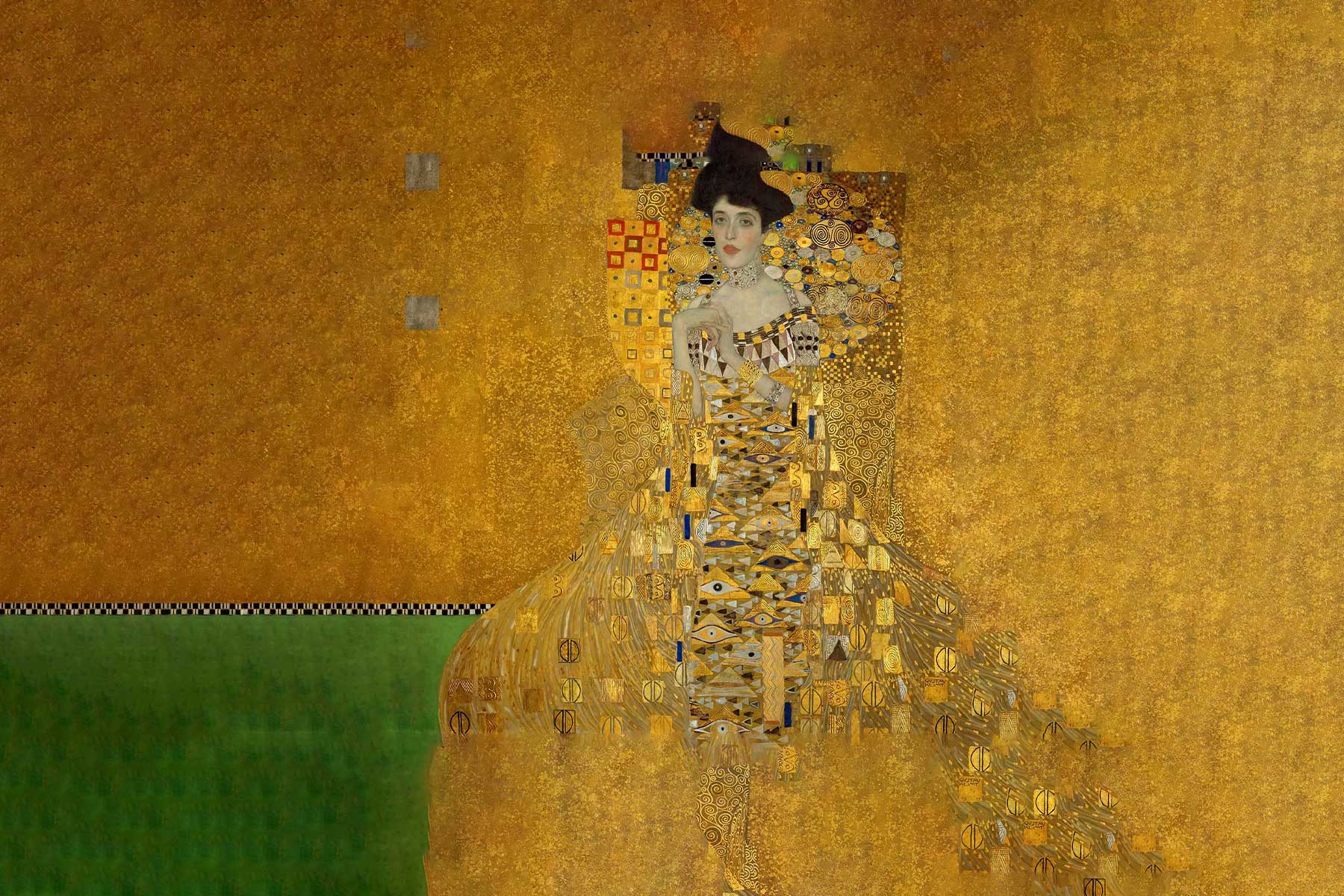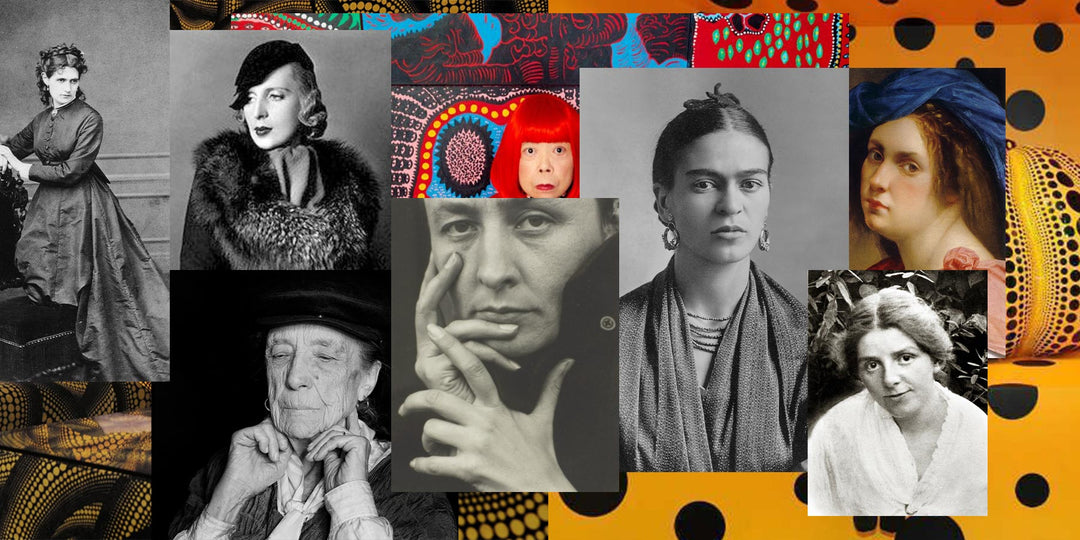Madonna by Edvard Munch: The Loving Woman and the Mystery of Love, Life, and Death
Edvard Munch, one of the most important representatives of Symbolism and Expressionism, created numerous works that delve deep into the human psyche. His work Madonna – also known as Loving Woman (Elskende kvinne) – is among his most famous and controversial images. In this work, Munch presents an unusual interpretation of the Madonna, which is far removed from the traditional depiction as a holy mother figure. Instead, he presents a woman who embodies sensuality, creation, and the transience of life.
Between 1894 and 1897, Munch created several versions of Madonna, including five paintings and numerous lithographs. Each version differs in details, color scheme, and mood, revealing new aspects of the image each time. Yet one thing remains the same in all versions: the enigmatic, almost transcendent aura of the depicted woman, who seems to bridge the gap between life and death.
Edvard Munch, Madonna (1894)
- Oil on canvas – Munch Museum, Oslo, Norway
- Original size: 90 × 68.5 cm
- Reprint at artlia: Edvard Munch, Madonna
The Pose of the Woman: Between Ecstasy and Melancholy
One of the most striking elements of Madonna is the pose of the woman. She stands with her head tilted back, her eyes half-closed, and her lips slightly parted. This posture conveys both ecstasy and contemplation. Her arms hang loosely at her sides, giving her body a natural, almost floating movement. Her curved posture enhances the impression of intimacy and devotion.
This pose is full of ambivalence. It could be a snapshot of ecstasy – a moment of complete detachment from reality – or a gesture of deep contemplation about the existential mysteries of life. The ambiguity of its expression makes it one of the most fascinating figures in art history.
The complexity of Madonna
Munch did not randomly give the work the alternative title Loving Woman. The figure depicted is not a classical Madonna representation, but rather a universal symbol of femininity, love, and creation. She embodies the boundary between life and death, between creation and destruction.
The environment in which the woman is depicted also contributes to her symbolic power. The background is not simply dark or neutral – Munch fills it with swirling colors that could evoke the universe, the sea, or even a womb. In some versions, a deep red dominates, which can symbolize both love and passion as well as danger and death. In other versions, cool shades of blue create an almost melancholic, dreamlike atmosphere.
Multiple versions of Madonna
Munch's intensive engagement with the Madonna theme led him to create several versions of this work. These can be divided into two main categories: the painted versions and the lithographs.
- The Paintings: The five painted versions of Madonna vary greatly in their color schemes. In some, a warm red dominates, emphasizing the sensual side of the woman, while other versions are rendered in deep blue, creating a calmer, more contemplative atmosphere. The background is often dynamic and swirling, giving the image an almost hypnotic effect.

- The Lithographs: Munch went a step further in his lithographs. Here he added a decorative frame adorned with sperm and a fetus – a bold and provocative decision that addresses the theme of creation and the fragility of life. These versions are darker and more direct, almost grim in their depiction of the biological reality of life.

Each version offers a unique perspective on Munch's vision. While the paintings have more romantic and dreamy qualities, the lithographs appear cooler and more analytical, almost scientific in their symbolism.
Symbolism: Love, Life, and Death
Munch's Madonna is a work full of symbolism. The woman herself is at the center and can be seen as an archetype for the Eternal Feminine – an embodiment of love, passion, fertility, but also of pain and loss.
The swirling background could be understood as a symbol of the universe that brings forth life while simultaneously devouring it. The woman seems to be both a part of this cosmic movement and above it. Her apparent detachment from space and time gives her an almost mythical aura.
The symbolism reaches its peak in the lithographs. The frame with sperm and a fetus caused scandals when the work was first exhibited. For Munch, however, love and death were inextricably linked, and the depiction of the biological reality of life was for him a logical extension of his theme.
The connection of sensuality and spirituality
One of the great strengths of Munch's Madonna is the way he connects the sensual with the spiritual. The woman is not an untouchable saint, but a human, almost tangible figure. Her vulnerability and openness make her a person with whom the viewer can identify.
At the same time, the work goes far beyond the purely human. It touches on themes such as creation, the mystery of life, and the inevitability of death – themes that are universal and timeless.
Conclusion: A Timeless Masterpiece
Munch's Madonna is much more than a beautiful painting. It is a work that challenges the viewer, stimulates thought, and evokes emotional reactions. Whether as Madonna or as Loving Woman – the figure remains a strong symbol of the duality of life.
With each version, Madonna offers a new interpretation of the theme and compels the viewer to confront the great questions of life. That is precisely what makes it a timeless masterpiece that is just as relevant today as it was in Munch's time.


















